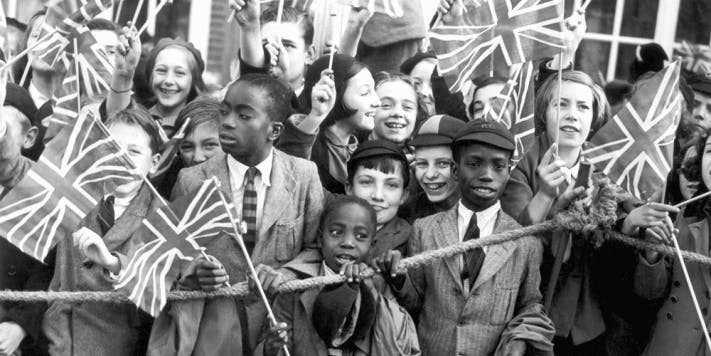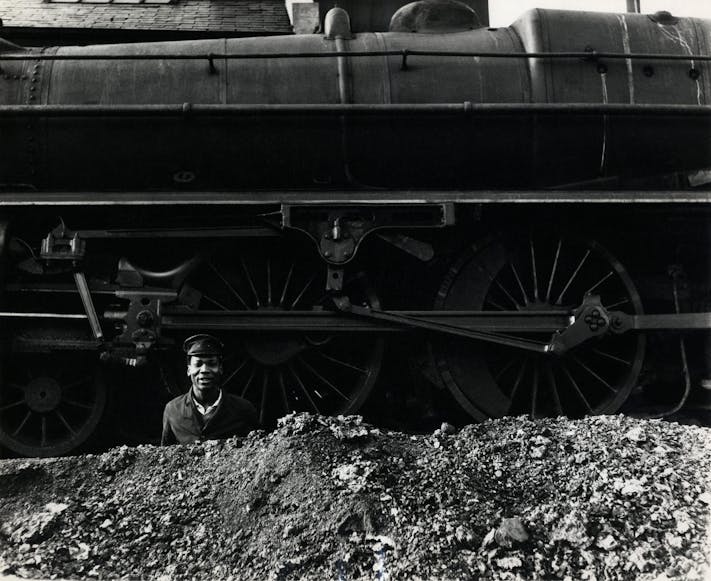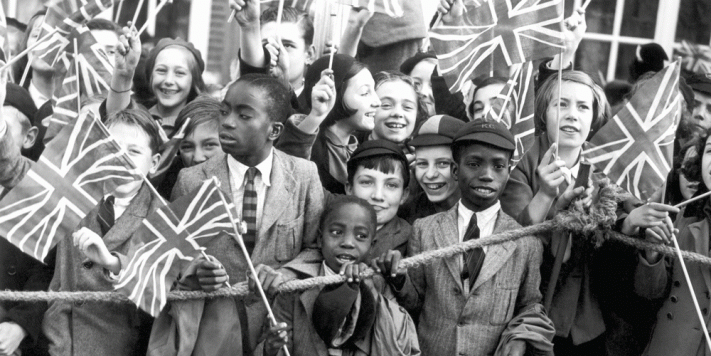In Changing the Story: Photographs of British Life in Black and White (1917 – 1962), at The North Wall, Summertown, Dr Rommi Smith has created a refreshing, illuminating and gently disruptive exhibition. In selecting these images from the TopFoto archive, she provides visitors with an opportunity to connect with the stories of the individuals portrayed, and to quietly question popular narratives about diversity in
The exhibition falls roughly into three themes: life before 1948; the intricacies of the Windrush era; and an intimate look at life in the
For some people, it can be easy to assume there are no Black stories in British history prior to June 1948, when the Empire Windrush docked at Tilbury. But here we see First World War Commonwealth naval officers, and a man with a van on an East End street (1936), and children being children (again, East London, 1936). This is life in a diverse city, and part of a diverse network of countries – but as Smith notes, despite studying the two world wars for GCSE and A-Level, she had never seen an image of Commonwealth service people. These photographs tell the stories the history books forgot to include.
The image of children waving their Union Jack flags is particularly striking. Taken in Lambeth in 1938, these children are from the communities who will soon bear the brunt of bombing raids – and they represent something very different to the common narrative of ‘Blitz spirit’ as a solely white experience, with all the symbolism that has developed out of that.

Crowds of children cheering Queen Mary as she opened a new extension to Lambeth Town Hall, Brixton. 14th October 1938. Photographer unknown. Copyright TopFoto.co.uk
As the focus shifts to the Windrush era, there’s a sense that yes, you might have seen versions of this story before, but have you really looked? And have you really thought about the individual stories? You’re invited to look at a passenger in his perfectly-tailored zoot suit, and think about all his life experience, his hopes and dreams – and how he handles the challenges he encounters. Again, there are images people might find surprising: Evelyn, the stowaway seamstress; Doreen Zayne, a Blackpool girl returning home after living in Jamaica – accompanied by her husband, Herbert, and their children; Mona Baptiste and her rapid career success; little Maureen and her black teddy. Each says ‘forget the story you think you know, here’s mine’.

A young man working as an ash pit cleaner with steam train at Leicester Central Engine Shed, 1962. Copyright Roger Bamber/TopFoto.co.uk
The exhibition moves into the world of Soho clubs – and shows a little pocket of
The photographs are accompanied by audio (accessed by scanning QR codes, so there’s no need to share devices - I recommend bringing your own headphones), and Smith’s writing, which plays with the fragments of knowledge we hold about the people seen in the photos. Each photo may be a fleeting moment, but taken as a collection, they really do change the story.
Changing the Story: Photographs of British life in Black and White (1917 - 1962) is on at The North Wall Arts Centre, until Saturday 29 January 2022. Free entry.




